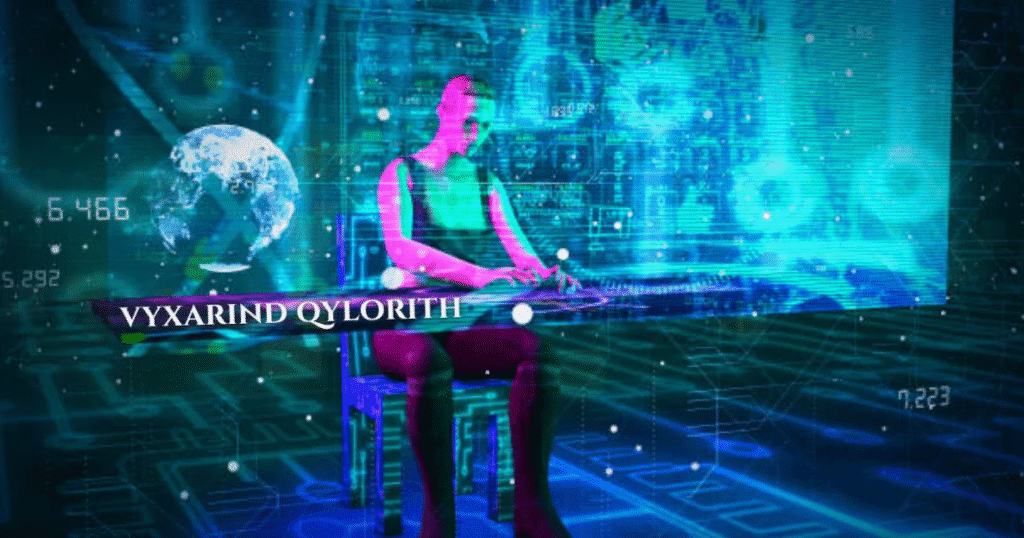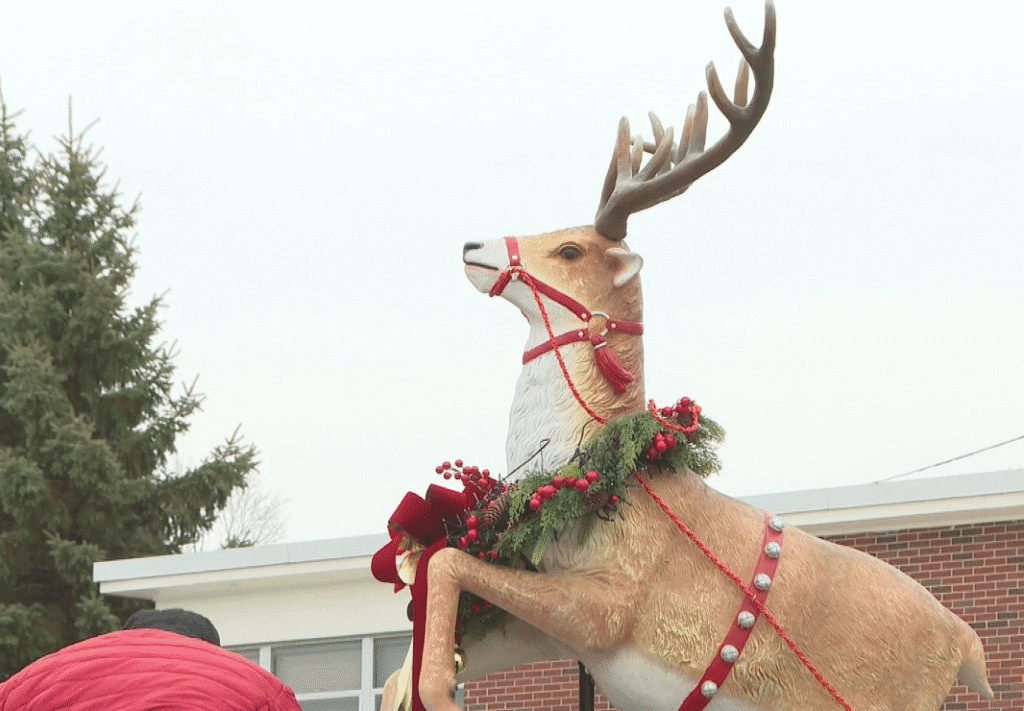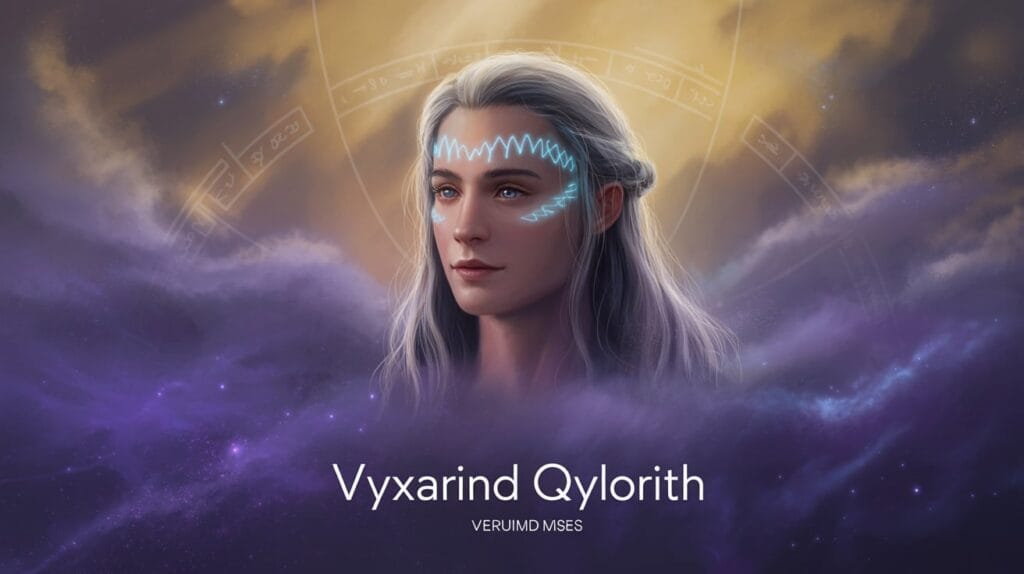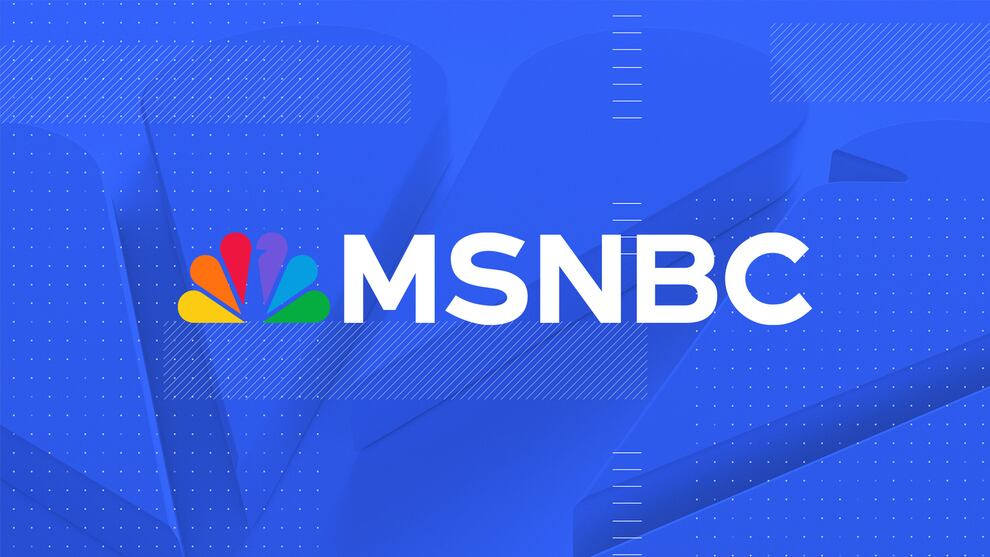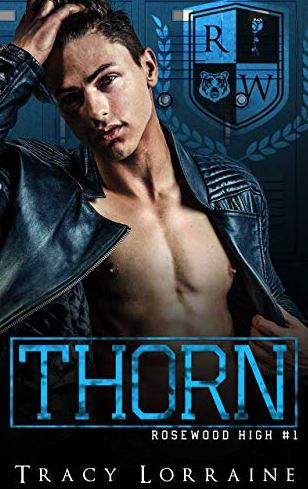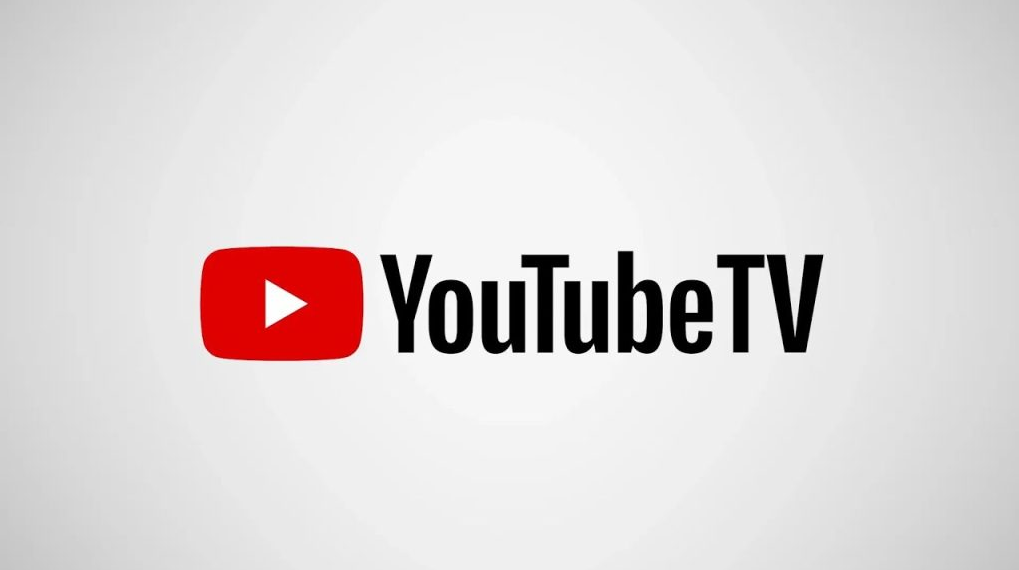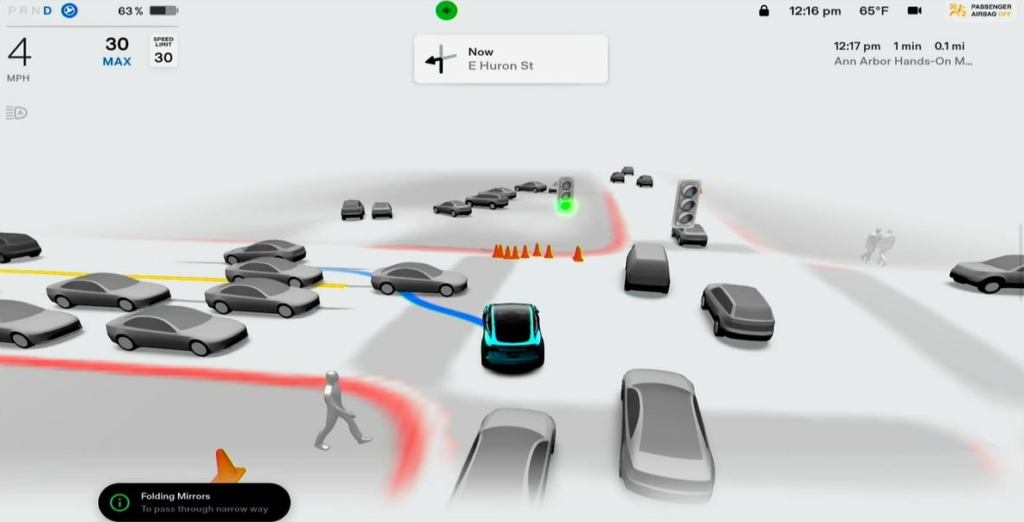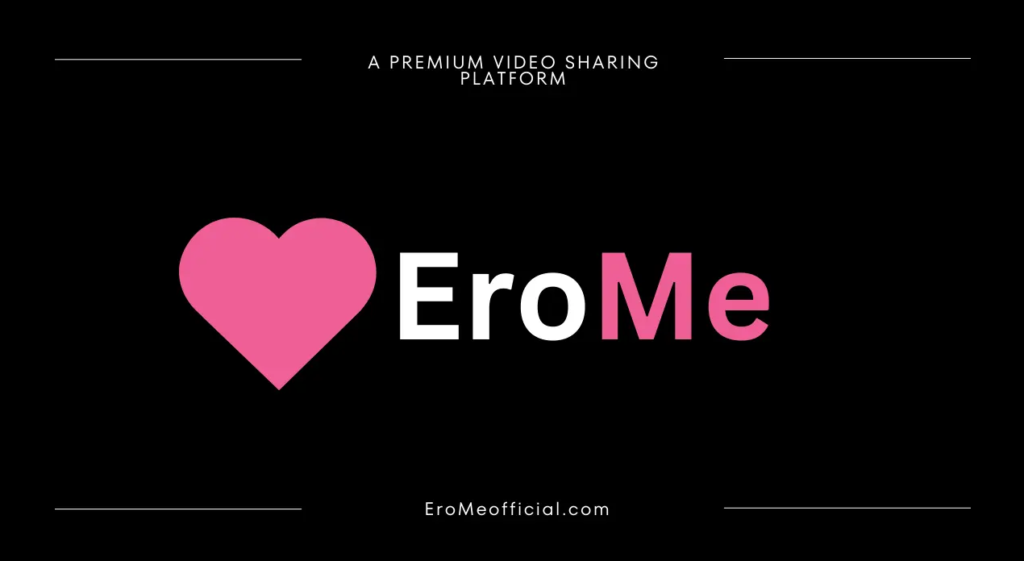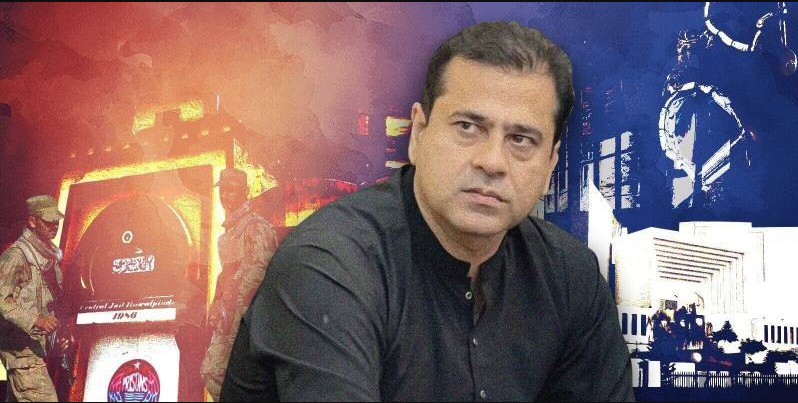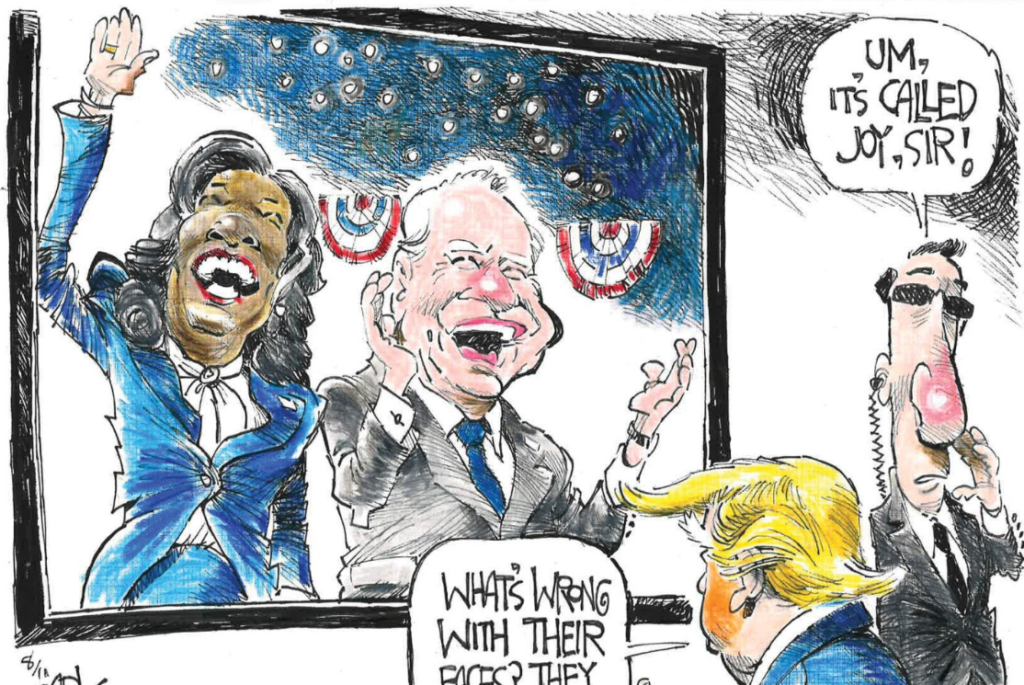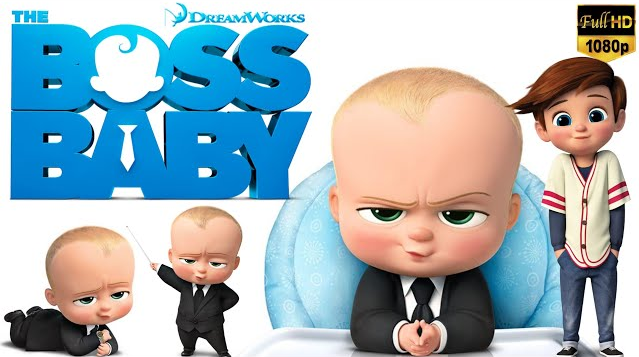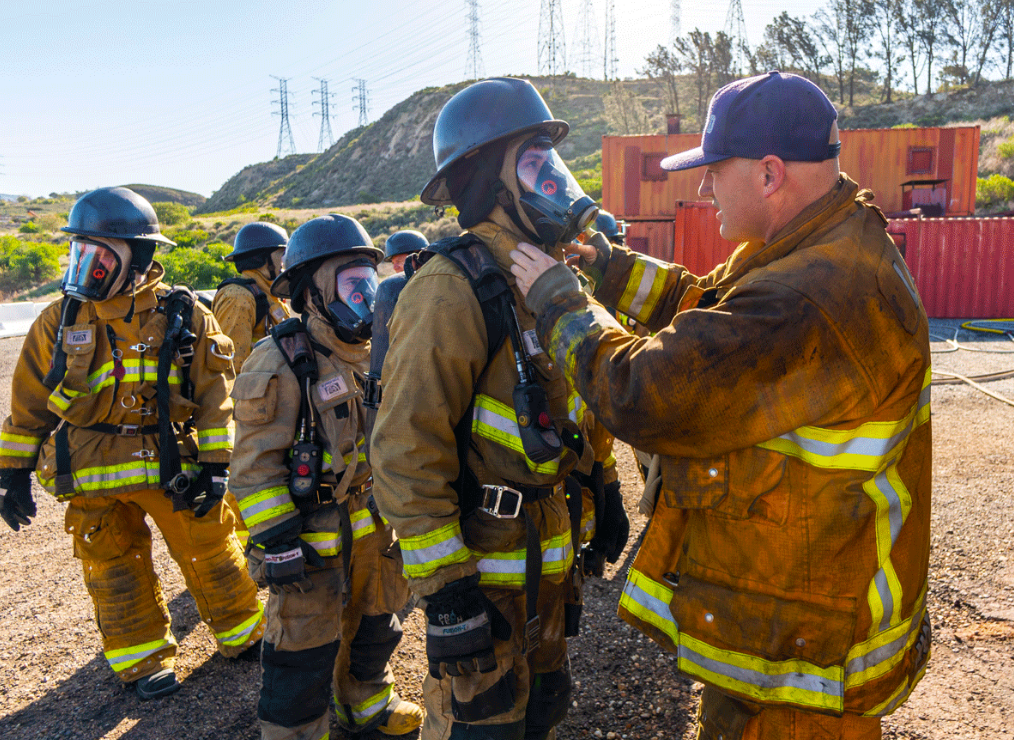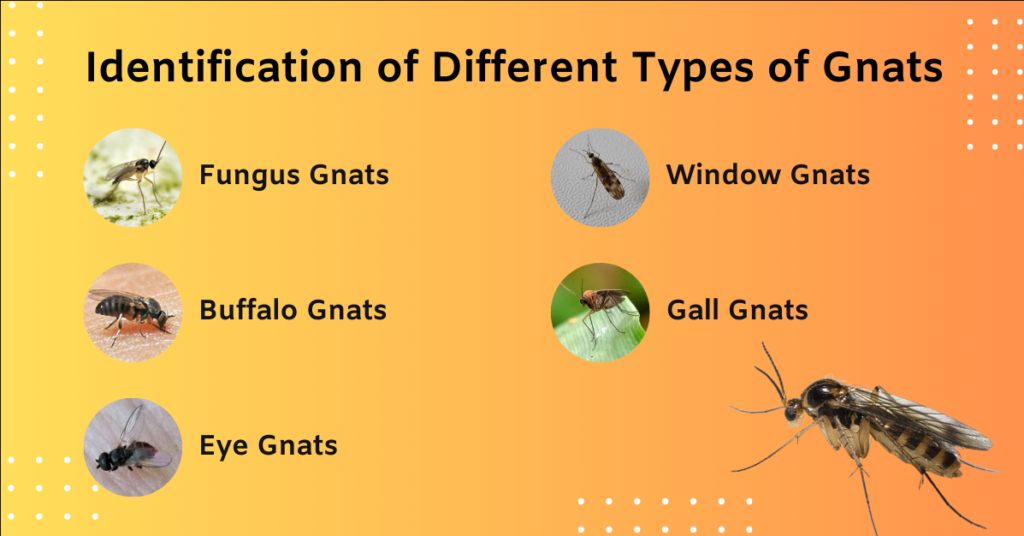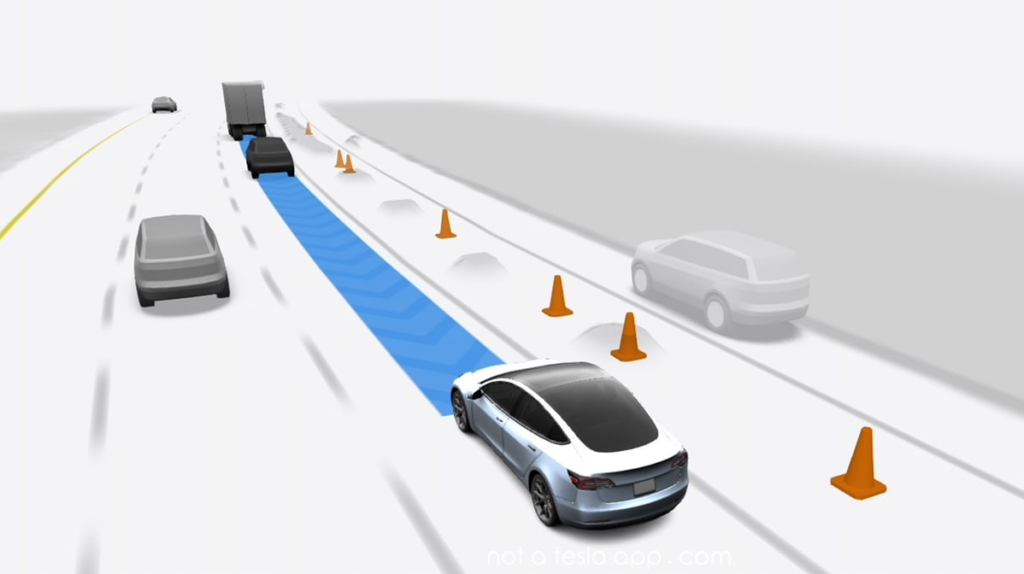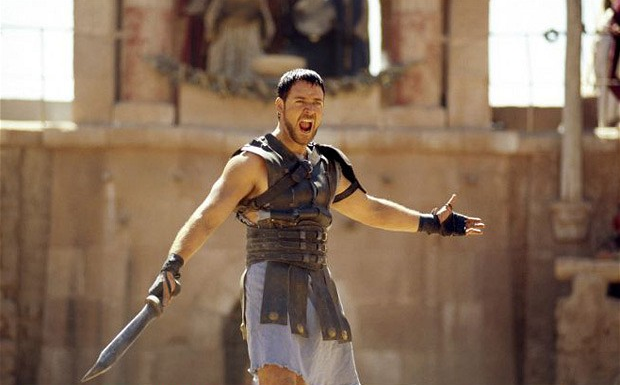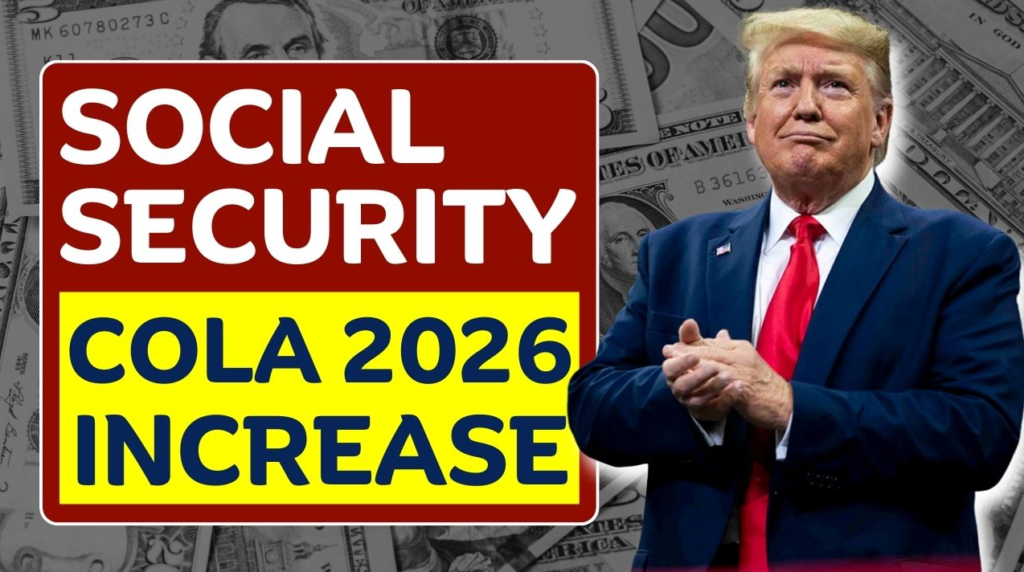Political Cartoons About the 13th Amendment

Political Cartoons About the 13th Amendment the 13th Amendment to the United States Constitution, ratified on December 6, 1865, abolished slavery in the United States. It was a turning point in American history, changing the country’s social and political makeup. Because it was so essential, the political cartoons of the day provided a glimpse of different reactions, debates, and controversies about the amendment.
In this article, we will explore how political cartoons shaped how the 13th Amendment was perceived at the time, the themes that political cartoons focused on, the challenges one might face in interpreting them, and how political cartoons as a medium evolved in response to the 13th Amendment and the continued conversation around racial justice and equality.
Political Cartoons in the 19th Century
During the 19th century, political cartoons were one of the most potent forms of media that could sway public opinion. Newspapers and illustrated magazines used them to reflect on political and social issues, often employing satire, caricature, and symbolism to convey complicated messages in an entertaining but informative way. Since literacy was relatively low, cartoons effectively reached a broad audience.
Timelines of the American 13th Amendment
1. Abolition and Emancipation
Countless cartoons greeted the end of slavery as a marvel, with enslaved people assumedly throwing off shackles or being welcomed into the fold of American life as citizens demanded.
Some portrayed Abraham Lincoln as the Great Emancipator, emphasizing his role in ending slavery.
2. Resistance and Opposition
Other cartoons captured Southern opposition to the 13th Amendment, showing momentary defeat and former Confederates trying to instate racial hierarchies.
The show’s portrayals of Southern politicians and landowners fighting the new law exposed anxieties about economic and social change.
3. Racial Stereotypes and Caricatures
Unfortunately, there were many racist images in period political cartoons, undoubtedly reflecting the prejudices of the times.
Others relied on exaggerated characteristics and negative stereotypes to imply that those recently freed from slavery were not suitable for citizenship.
4. Economic and Political Consequences
Cartoons explored the economic consequences of emancipation, with former slave owners struggling without free labor.
Others pointed to political changes, including a shift in voting rights and representation in Congress.
Limits of a Large Language Model in the Analysis of Political Cartoons
Political cartoons frequently use symbolism, historical references, and period-specific contacts that are challenging for the modern viewer to unravel. As you analyze these cartoons, here are some considerations to keep in mind:
- Context: It is essential to understand the historical backdrop to understand what was meant.
- Artist’s Perspective: Many cartoons were drawn by artists with specific political biases, influencing how they portrayed the issue.
- Audience Reception: The cartoons expressed the sentiments of their target readership, which differed by region and party affiliation.
Political Cartoons on Racial Justice: Then and Now
The themes found in such 19th-century political cartoons regarding the 13th Amendment have continued to grow. Political cartoons today still address racial inequality, systemic injustice, and civil rights issues. Modern cartoons:
- Emphasize continued racial inequities and injustices.
- You are educated on data until October 2023.
- Show systemic discrimination through humor and satire.
FAQs for Political Cartoons and the 13th Amendment
Why were political cartoons so crucial in the 19th century?
In a way, political cartoons served as visual commentary on important social and political issues, making complex topics available to the general public.
What did Abraham Lincoln’s political cartoons say about the 13th Amendment?
Several cartoons showed Lincoln and his credit for ending slavery; others condemned his policies.
Were all political cartoons on the side of the 13th Amendment?
Some cartoons opposed the amendment, especially from Southern publications that rejected reconstruction.
What common symbols were used in cartoons dealing with the 13th Amendment?
Standard symbols, for example, were broken chains (freedom), scales (justice), and the American flag (Unity, national identity).
How do political cartoons today compare to those of the past?
Though modern cartoons resonate with racial and social justice issues, they do so in updated artist styles and references for contemporary audiences.
Conclusion
Political cartoons from the time offer a window into the struggles and triumphs of the Reconstruction era. They speak to their moment and the continuing argument about race, equality, and justice in America. These artifacts teach us as we continue to analyze these modern media artifacts that can create a shared ground of discourse and the potential to alter the movement in the change of society.
Welcome to our blog. We encourage you to get in touch CONTACT US!







